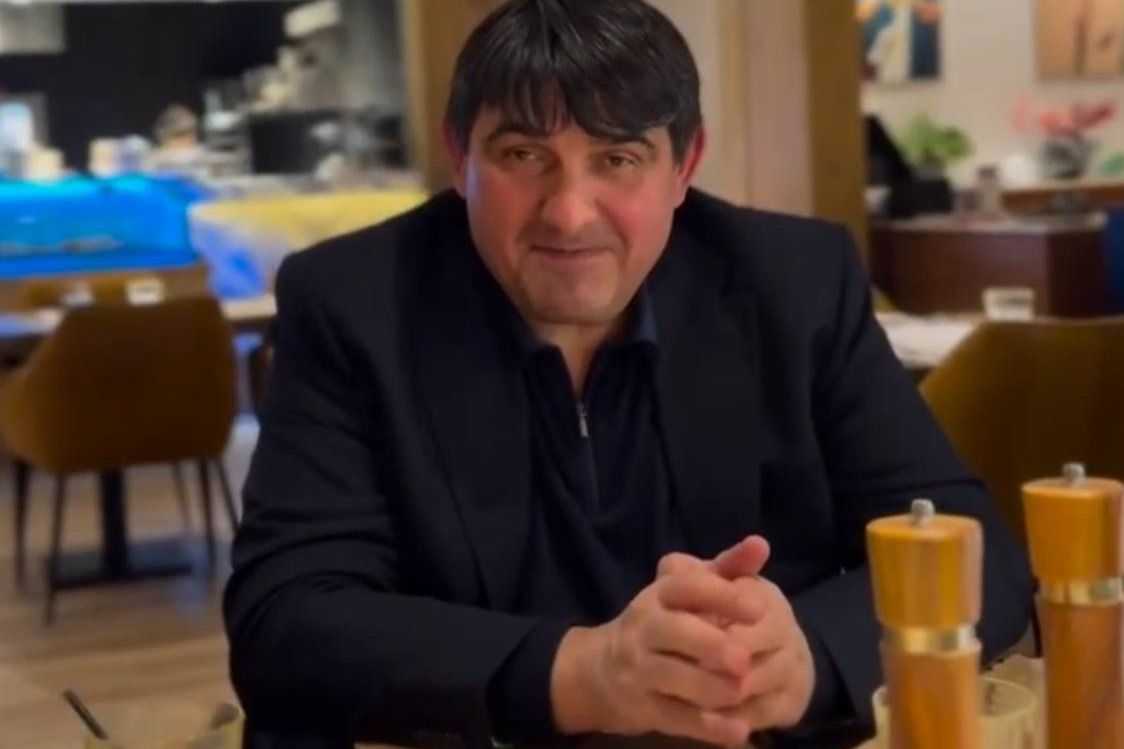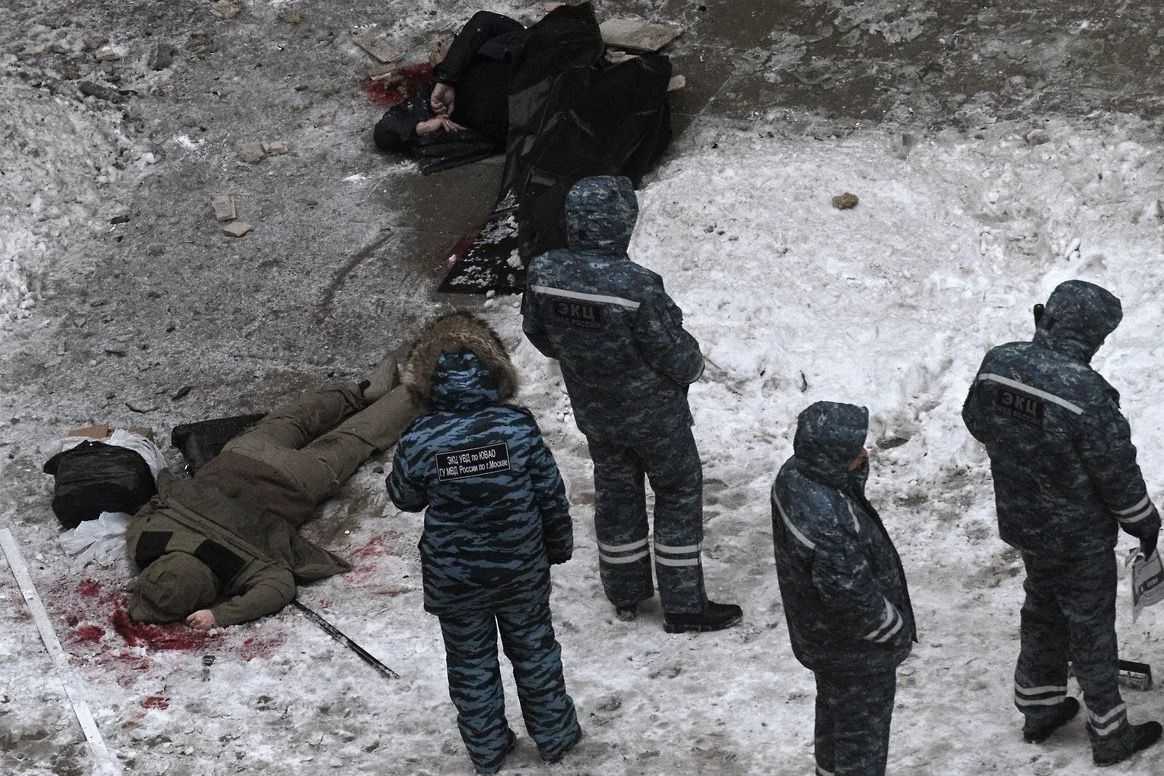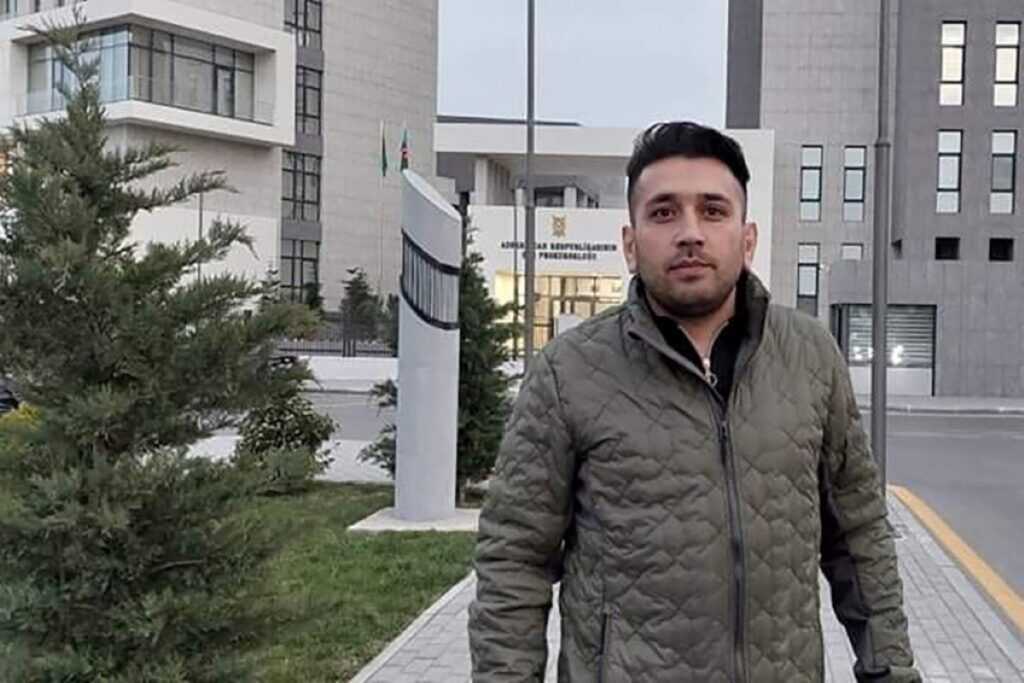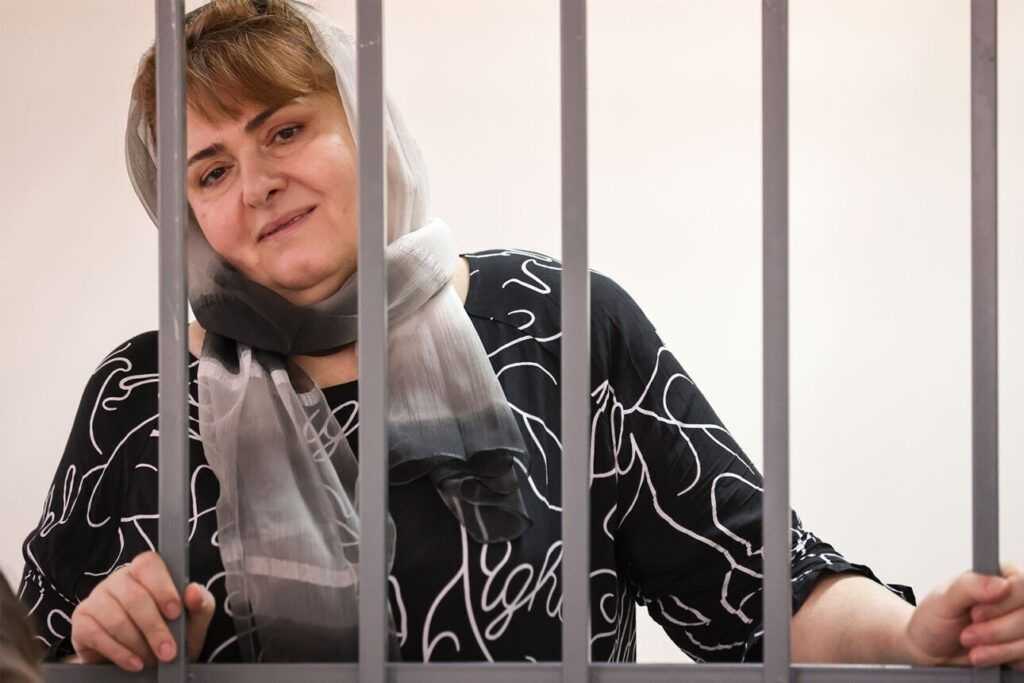On a warm, sunny day, the body of Robert Gyulechev was buried in the village of Khiv, in southern Daghestan. His family was relatively fortunate: Gyulechev died on 4 April in Ukraine’s Donetsk Oblast; by 15 April, his body had been returned home.
Gyulechev, who fought under the call sign ‘Tabas’, was seen off as a hero. His comrades told the family that Robert had carried a wounded fellow soldier for twelve kilometres, before ultimately dying himself.
Other families are far less lucky. Relatives often go months — or even years — without news: neither death notices nor confirmation that their sons, husbands, or brothers are being held as prisoners of war. Their only remaining hope is captivity.
Yet after three years of war, only a few have returned home from captivity — and even then, not to their native villages but merely back to the North Caucasus. Death notices, by contrast, have become so routine that they no longer surprise.
RFE/RL has been documenting deaths since the very start of Russia’s full-scale invasion of Ukraine. Its database contained over 13,500 names from southern Russia and the North Caucasus when it stopped updating in May (likely due to the cuts in funding from the administration of US President Donald Trump). Yet, even when it was being updated, the numbers were incomplete, largely because they were based solely on public data, namely obituaries published on social media. In addition, many of those killed are officially listed as missing.
Media outlets BBC and Mediazona are also maintaining their own counts. As of 1 August, they reported that since the start of the war, 1,607 people have died from Daghestan, 891 from North Ossetia, 346 from Chechnya, 291 from Kabarda–Balkaria, 213 from Karachay–Cherkessia, and 158 from Ingushetia.
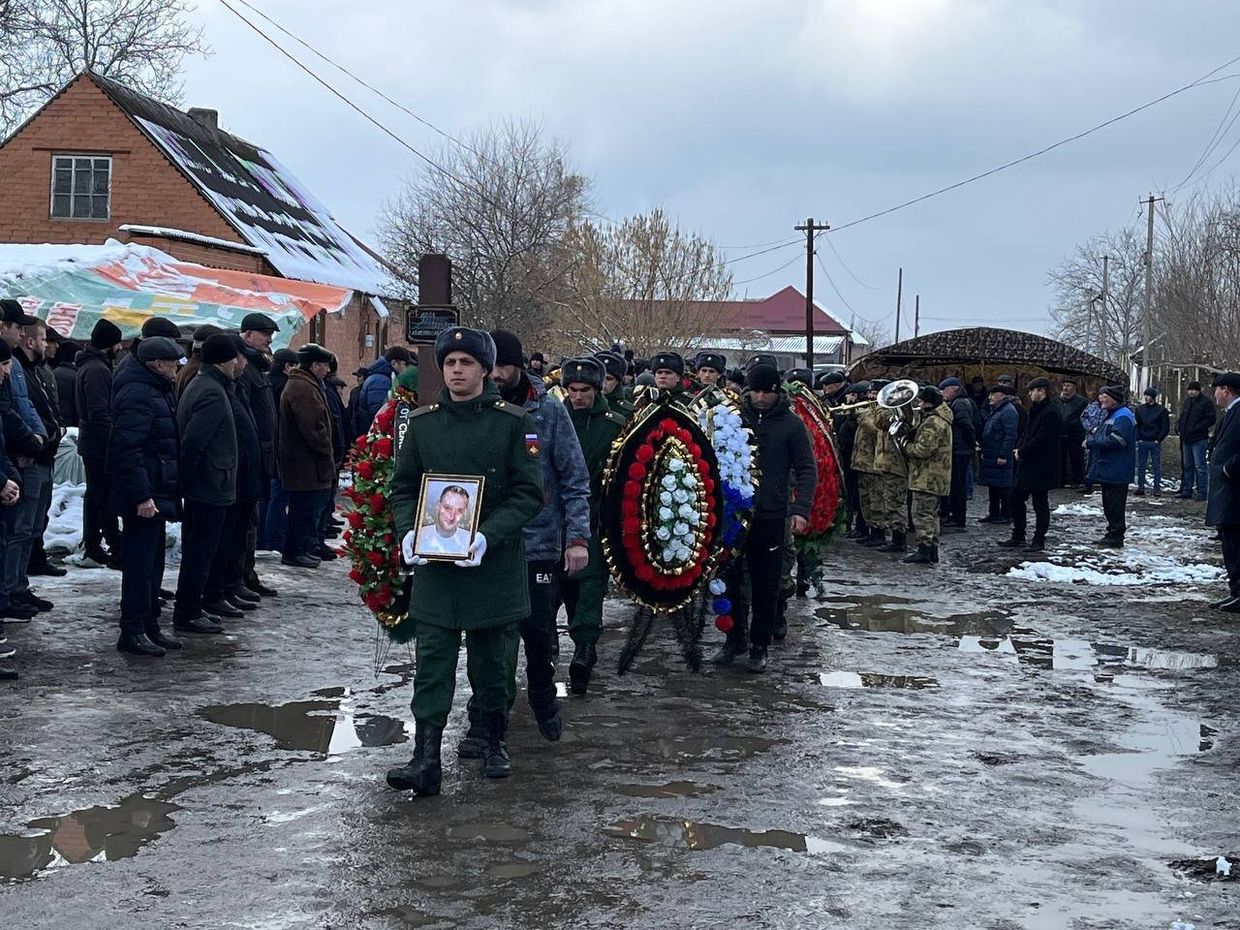
At the same time, Russian independent demographer Aleksei Raksha told OC Media that the North Caucasus republics have not registered a significant increase in mortality in recent years, especially compared to other regions. The only exception in this regard is North Ossetia: its casualty rate is more than twice the regional average.
Even so, according to Alexander Cherkasov, Head of the Memorial Human Rights Centre Council, the number of dead is the most significant way in which the war has affected the North Caucasus.
‘Through these figures, we can see that some republics are quite actively participating in the war in Ukraine’, Cherkasov tells OC Media.
Even with ground combat operations thousands of kilometres away, death still comes home.
‘A payout greater than one could earn in a lifetime’
‘The main principle of recruitment into the Russian army is social insecurity. The poor republics of the North Caucasus are no different from other impoverished regions of the country in this respect. Their share in the army matches their share of Russia’s overall population’, military expert Pavel Luzin tells OC Media.
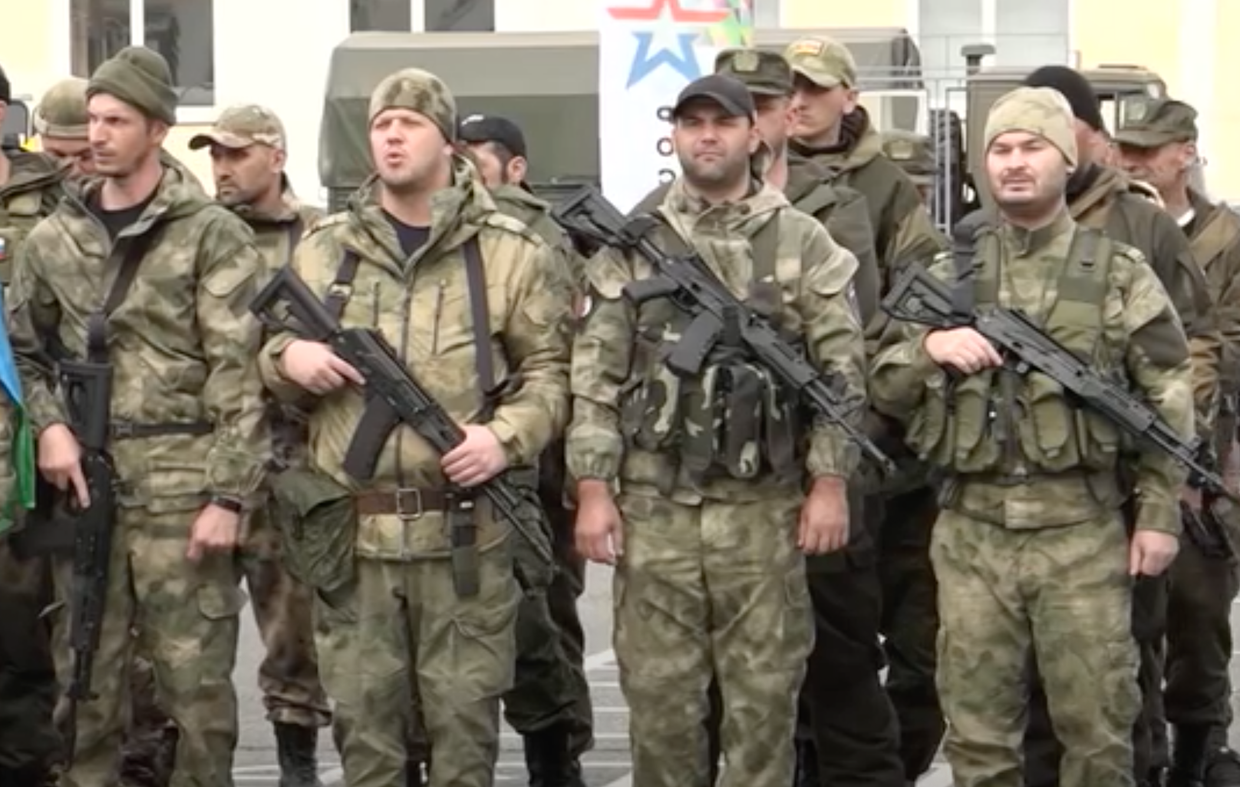
Separately, Cherkasov notes that the war has had unpredictable effects across Russia’s regions, including in the North Caucasus.
‘In some [economically] depressed region, a young man a few years ago had about three options: go to prison, guard a prison, or enlist in a local rifle regiment under contract and earn the same meagre pay as in security. Since the war began, there’s been the opportunity to go to war under contract, receive significantly higher pay, substantial signing bonuses, and in the event of death, a payout greater than one could earn in a lifetime. It’s an economy somewhat reminiscent of necro-economics’, Cherkasov says.
He notes that the opportunity to serve under contract was more prevalent in areas with existing military units or where former soldiers resided. In this regard, the North Caucasus includes not only various militarised regions but also North Ossetia and Daghestan — regions with numerous military units dating back to Soviet times or at least since the start of the Second Chechen War.
‘In other words, in some regions, the impact was such that two problems unresolved under [Russian President Vladimir] Putin — social issues and poverty — were partially addressed through these military payments. But in reality, this process is similar to that in other regions. However, there’s another aspect’, Cherkasov points out.
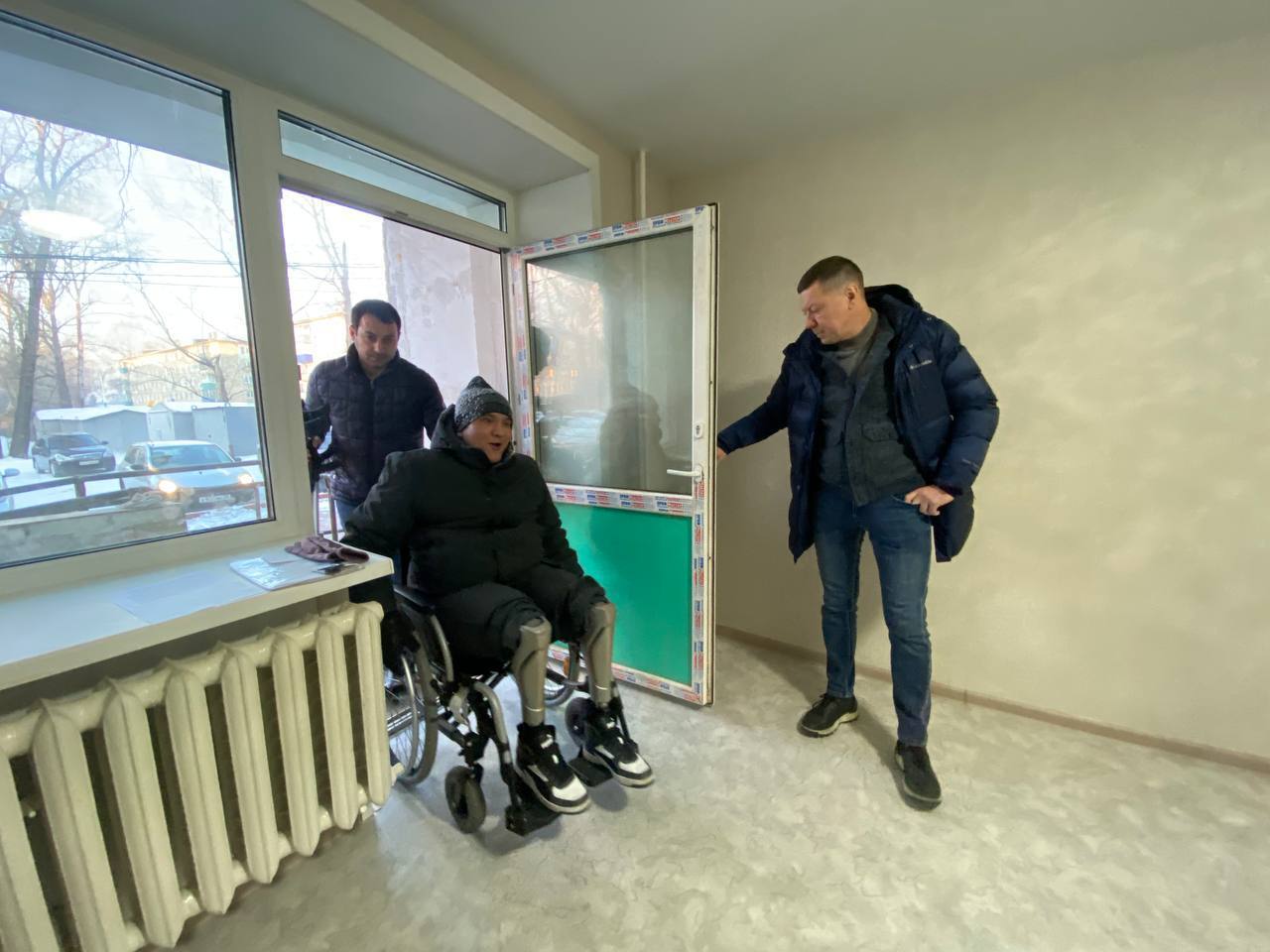
He indicates that typically, such towns (in the North Caucasus as well as the rest of Russia) had a military production factory that was struggling, in decline, and perhaps seemed completely defunct, but with the onset of war, it suddenly became operational.
‘Military production in Russia suddenly resumed and began paying substantial wages because personnel were needed’, Cherkasov says.
Russian politician and economist Sergei Zhavoronkov, co-chair of the Democratic Choice party, notes that the North Caucasus remains the poorest region within Russia, with average wages in the republics not exceeding ₽50,000 ($600) according to official data — the national average is ₽87,000 ($1,100).
Zhavoronkov acknowledges that these republics can have a significant shadow economy, and actual incomes are higher — but such shadow economies exist everywhere, including in Moscow. Therefore, data on accrued wages generally reflects the hierarchy of regions.
‘The main problem of the North Caucasus is security in every sense — from physical safety to investment security. Thus, potentially attractive factors — such as climate conditions for agriculture, landscapes for tourism, and in some areas like Daghestan or Chechnya, the presence of oil — do not become beacons for investment inflows from outside the region. It should also be considered that this is a culturally alien region to most Russians. Do you want to vacation in Daghestan? I think not. Nor do I’, Zhavoronkov says.
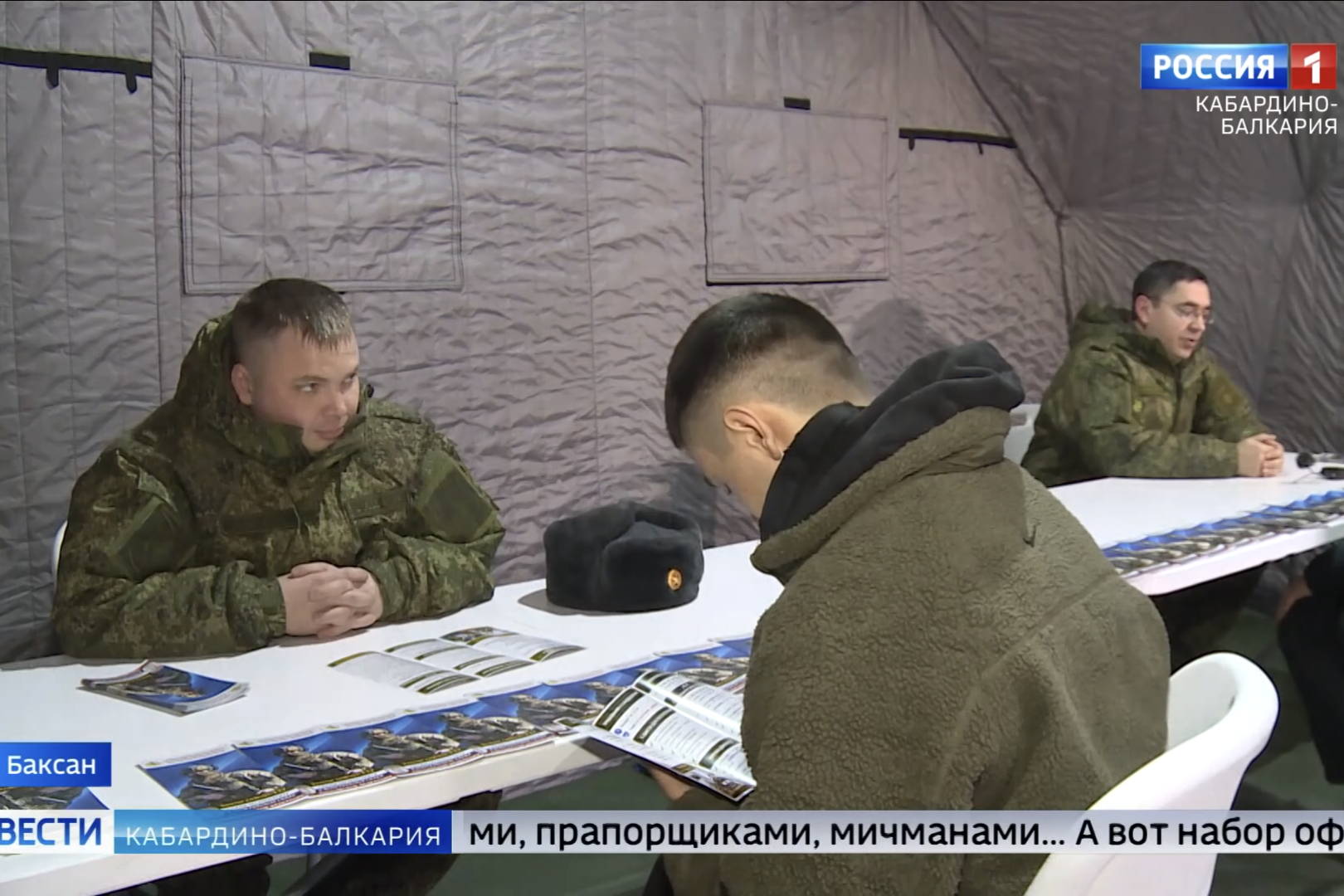
It is precisely the large sums of money that have become the main attraction for volunteers who are ‘storming military enlistment offices’.
‘You see your friend went to war, returned, and has a lot of money. You think, why can’t I do the same? I’ll fight a bit, earn some money, and come back. But some don’t return, some go missing, some get PTSD and can’t return to normal life no matter how much they want to’, Aleksandra Garmazhapova, the president of the Free Buryatia Foundation, says.
According to Garmazhapova, since returning from the war, many soldiers have spoken about their high wages, which has motivated others to sign contracts. This form of propaganda has played a significant role as well in recruitment, she says, particularly as ‘mothers who lost their sons don’t want to think their children died for Putin’s palaces — they want to believe their sons are heroes’.
‘A man should use weapons, defend his country’
Another factor, besides the high wages, is the way that state propaganda is also specialised depending on the region.
In Buryatia, for example, the emphasis is on Buddhism, arguing that Buddhists should participate in the war, although it is unclear how representatives of the most peaceful religion should be involved. In North Ossetia, local beliefs are mixed in, using traditional beliefs whereby a ‘real man’ should be a fighter and not a coward.
‘A coward means to not be a man, that is, traditional machismo attitudes are added, that a man should use weapons, defend his country. And in other North Caucasus regions, propaganda is based on Islam, claiming that war is a defence against the 21st century “satanists” — LGBT people. We are fighting to avoid becoming LGBT. This sells very well’, Garmazhapova says.
‘Unlike the opposition, Russian propaganda understands that it is necessary to work on each region, that everywhere has its own specifics, and not to smear everyone with the same paint’.
Garmazhapova argues that the propaganda is successful, highlighting that there are far more people with pro-war views now than in February 2022.
‘Kremlin propaganda is always two steps ahead. It promotes a narrative about the multinational people of Russia fighting the Ukrainian Nazis. Federal channels show a separate block of stories about heroes from the regions every day, which adds to people’s pride’, she says.
She also references Pavel Sulenziga, a human rights defender focusing on Russia’s indigenous peoples, who noted that people from Russia’s smaller republics often have an ‘inferiority complex’, which propaganda can use to motivate them to participate in the war.
‘This is their additional motivation, besides the financial one. It is only on them that Russia rests, only they save Russia. And they feel an opportunity to rise up and become on a par with Russians, because they are just as much defenders of the fatherland’, Garmazhapova says.
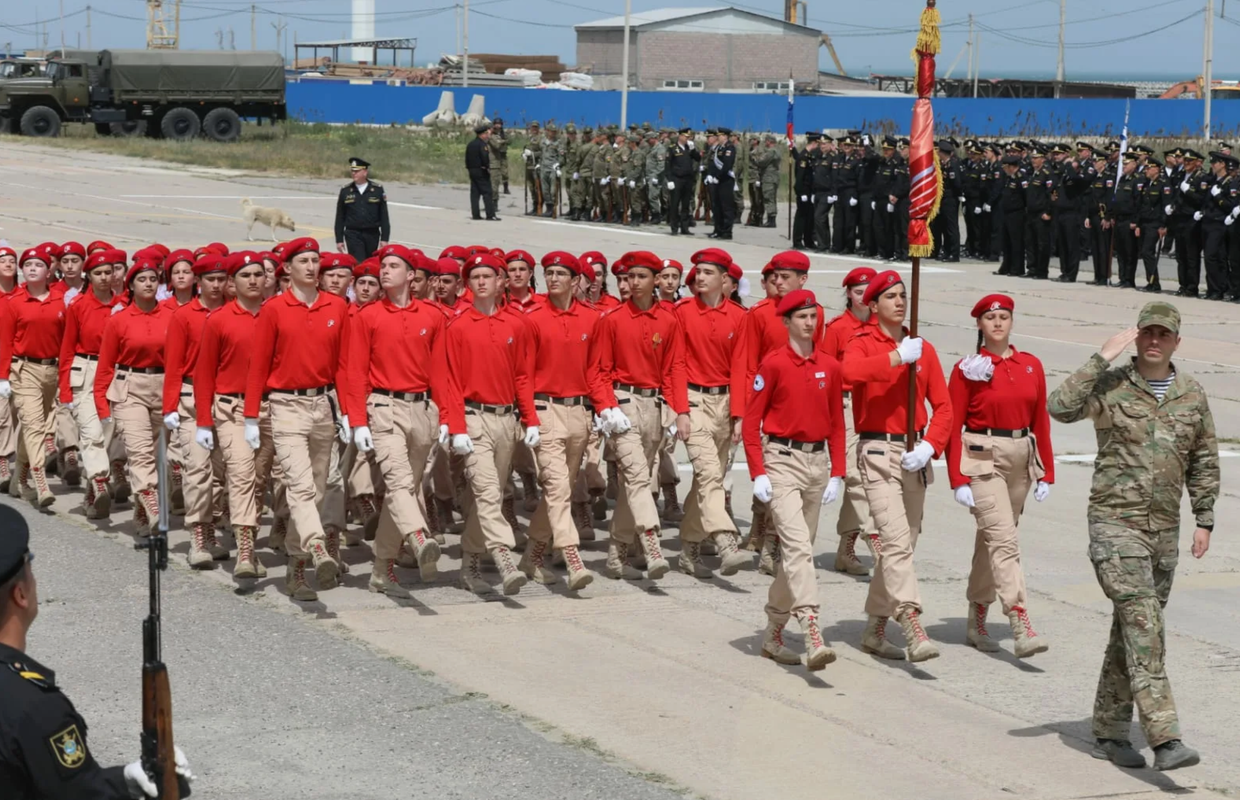
In her opinion, the propaganda combines psychological, religious, and financial factors to create a complex system that works effectively.
‘It’s a kind of Napoleon cake. Unfortunately, the Russian authorities manage to cook it well. Unlike the opposition, which tries to act universally and tries to make a Napoleon out of a single cake’, Garmazhapova concludes.
At the same time, despite how much propaganda is produced, it does not always work, at which point the authorities are forced to send people to the front by threats and force.
Ruslan Kutaev, President of the Assembly of the Peoples of the Caucasus, stresses that many have enlisted under duress.
‘In most cases, Rosgvardiya [the Russian National Guard], the Defence Ministry, and Interior Ministry staff were forced to sign contracts — either that or face dismissal or criminal charges’, Kutaev tells OC Media.
He explains that Chechens generally do not want to fight, but coercion remains effective — for instance, by detaining someone on a fabricated pretext and pressuring them into signing a contract.
Garmazhapova says that while the 2022 mobilisation was harsh across Russia, this was especially true in the country’s ethnic republics.
‘People were dragged out of their beds at night and taken away. In villages, this was easier because it was simpler to locate those being mobilised. City dwellers could hide with acquaintances, complicating the process’, she says.
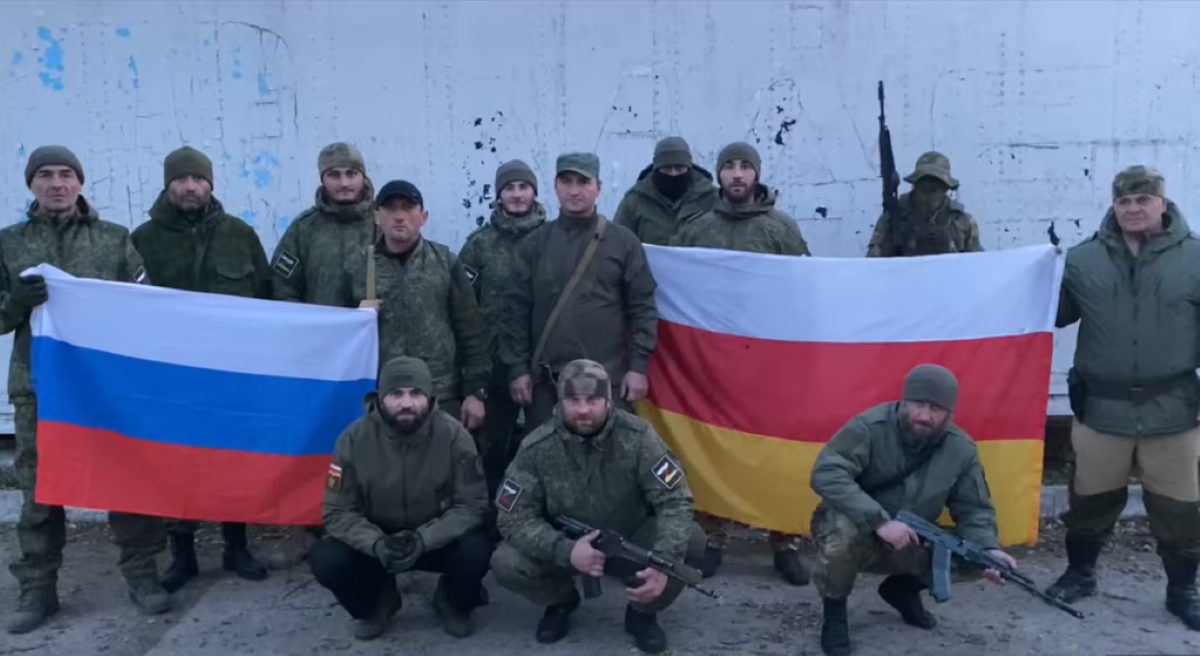
Cherkasov corroborates these methods.
‘From the start of the war, there was a consistent hunt for “volunteers” — detaining people who could be forcibly recruited. Those caught for administrative offences, small business people, were all offered a simple choice: sign a contract, pay a bribe — ₽300,000–₽500,000 ($3,600-$6,000), or go to prison’, he says.
While he acknowledges that at the very beginning, some Chechens did enlist voluntarily, they were not many.
‘Those who know the true horrors of war — losing loved ones, facing death — avoid it at any cost’, Kutaev says.
‘No to War!’
There is another side of this as well — beyond just actively avoiding participating, some have taken to the streets to openly protest against the war.
In the autumn of 2022, the Daghestani capital of Makhachkala became an epicentre of anti-war protests. Women marched with signs saying, ‘No to War!’, only to be dispersed by police with batons. Within a day, they were being tracked via CCTV. Hundreds were detained, including minors.
Cherkasov notes that civil society in Daghestan turned out to be far more vibrant than many had thought.
‘We saw it in action during the mobilisation protests in the autumn of 2022’, Cherkasov says, noting that the Telegram channel The Morning of Daghestan supporting those protests was itself supported by Ilya Ponomarev, a Russian opposition politician who obtained Ukrainian citizenship, and other people connected with Ukraine.
‘Unfortunately, by 2023, that channel had shifted to inciting hunts for Jews in power station turbines’, Cherkasov added, referring to the Makhachkala riots that year.
However, he says that external support means nothing without internal popular activity.
‘During the COVID pandemic — another disaster that hit Russia — Daghestan demonstrated remarkable solidarity and self-organisation. But these protests ultimately had little success. No civic activism goes unnoticed by the authorities — none of it remains unpunished’, Cherkasov says.
In other republics of the North Caucasus, unlike Daghestan, no one dared to protest openly, even on social media.
While the general mood might be visible online, people are afraid to express their opinions directly. Indeed, in Chechnya, this can be a direct route to being sent to the front, and in the other republics, to accusations of ‘discrediting the army’.
The special case of Chechnya
One unifying theme that many of those who spoke to OC Media about the impact of the war agreed on was that the situation in the North Caucasus is not significantly different from other parts of Russia from the cosmopolitan centres of Moscow and St. Petersburg — in particular, there is a certain similarity in the experience between other parts of the country with a significant population of non-ethnic Russians.
However, there is one prominent outlier — Chechnya.
‘A few days before the start of the big war, in February 2022, Putin held a nighttime audience with [Chechen Head] Ramzan Kadyrov. And everyone assumed then that Kadyrov would receive a strict reprimand for undermining Russian authority and spoiling the image of Russia’, Cherkasov says, referencing a campaign at the time against opposition bloggers.
However, Kadyrov left the meeting looking ‘surprisingly satisfied’, apparently, Cherkasov says, because he had been briefed about plans to invade Ukraine, and his role in the front ranks, which would ‘further increase his authority, power and strength’.
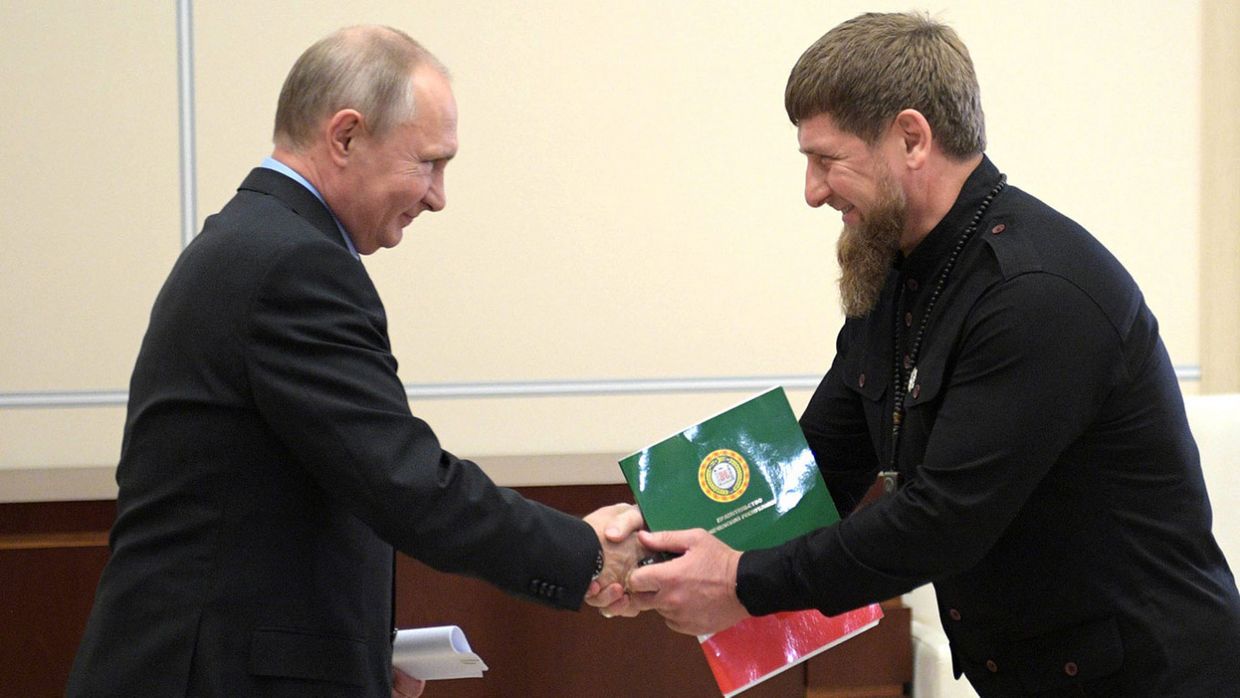
In Cherkasov’s opinion, Kadyrov was trying to stay ahead of Russia at that time, noting that based on Chechnya’s official reports, Chechens were supposedly fighting everywhere at the time and were defeating everyone in Ukraine. While this was not actually true, it became a convenient message for Kadyrov — raising Chechnya’s image in the eyes of the federal centre — as well as for Putin.
‘Why? Because it was easy to blame all crimes, or almost all crimes committed in Ukraine, on Chechens’, Cherkasov says, noting that it was a very good manoeuvre by the Russian central authorities.
At the same time, he notes that in fact Chechnya and Chechen security forces were actively involved in the war from the very beginning.
‘Even before Wagner was widely used as a channel to recruit volunteer “soldiers of fortune”, similar recruitment for war had begun in Chechnya. The first Chechen volunteer formations sent to war in 2022 turned out to be about half Chechen. They were mostly people from other regions who wanted a job when they apparently could do no other’, Cherkasov says.
Then the formation of titular units in the regions began.
Starting in May 2022, battalions based on regional affiliation were created. There weren’t many, and they were small in number. Attempts to create volunteer formations based on regional affiliation resumed in spring 2023, but also didn’t yield significant results.
‘The only exception is Chechnya with its nonsensical Akhmat’, Luzin says.
‘But let’s start with the fact that there are two Akhmats — one for locals, for Chechens who hardly fight, and another for everyone else — for all sorts of rabble from other Russian regions who are drawn in by the label and macho image. So the apparent exception is a derivative of Chechnya’s special status within the Russian political system’, he continues.
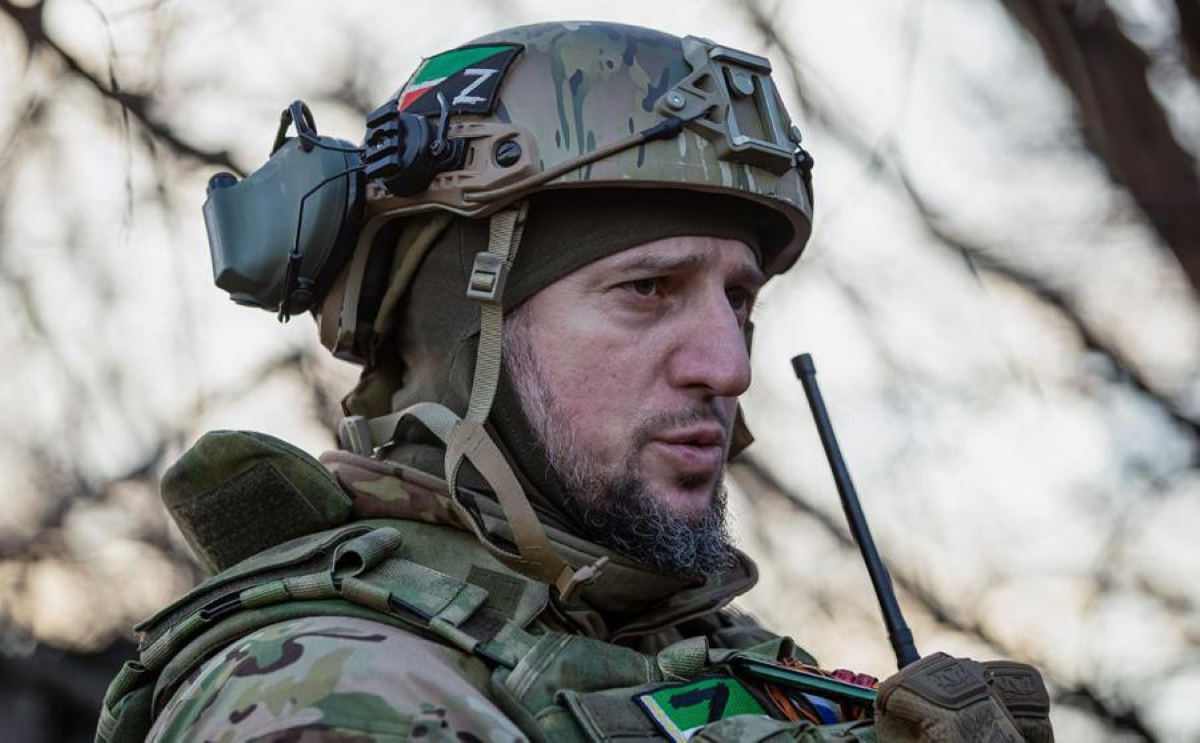
Indeed, Cherkasov highlights that Kadyrov announced that he was forming as many as four battalions, which he claims is another step by Kadyrov to ‘increase his force component at any twists and turns of Russian politics’.
‘After all, these battalions were not police battalions or Rosgvardiya battalions, in other words internal troops, which he had, but full army staff and with army standard armament’, Cherkasov says.
He notes that part of their staffing with volunteers was due to dismissals from the internal affairs agencies, in other words, from already loyal Kadyrovites who had served in Kadyrov’s Interior Ministry, to army units which, according to the official chain of command, were not subordinate to Kadyrov, but which were actually staffed by Kadyrov’s loyalists.
The image of Kadyrov’s Chechen fighters as Putin’s soldiers was greatly increased by their participation in the war, Cherkasov says, despite the curious contradiction that, when it comes to actual combat, they haven’t been known to be particularly effective.
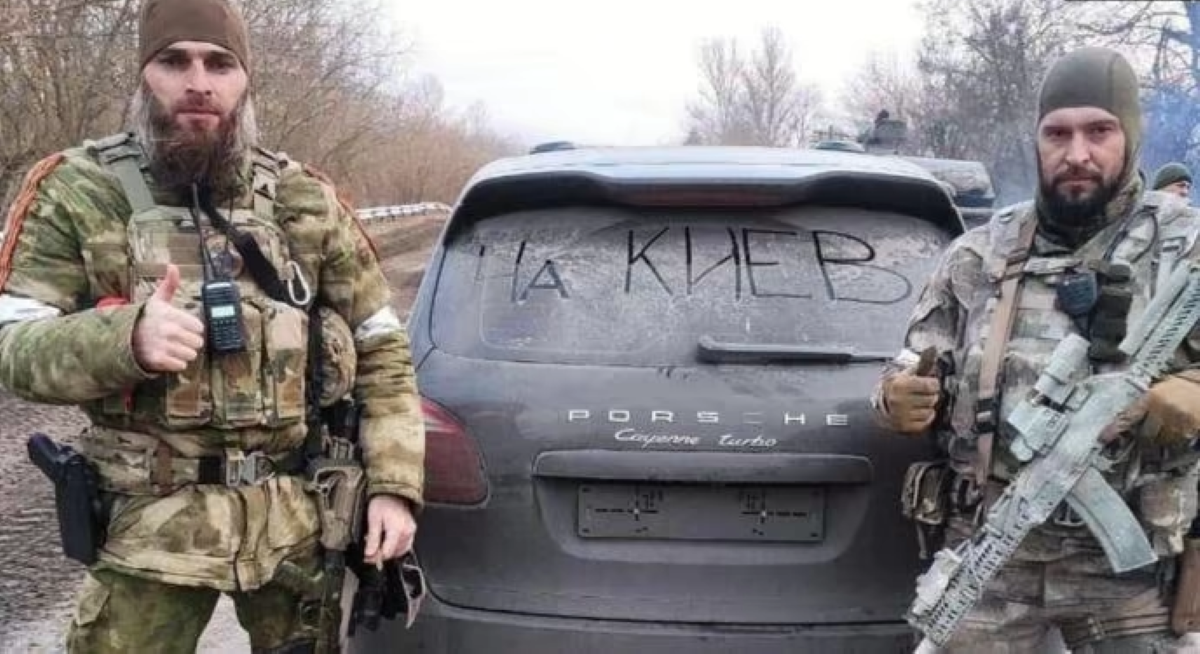
While there are certainly Chechen units that continue to be actively engaged in fighting, many have earned the moniker of ‘TikTok Soldiers’ due to their reputation that they are more interested in filming themselves firing their weapons than actually fighting the Ukrainian army.
Following the Ukrainian offensive into Russia’s Kursk Oblast in August 2024, the Chechen Akhmat Battalion, under the leadership of Apti Alaudinov, took a lead in defending the area, and was able to leverage its alleged prowess in defending Russian lands — at least in the information space.
Yet again, Cherkasov says that Chechnya was able to spin the actual combat events on the ground into a propaganda win for the republic.
‘Let it just end’
North Caucasians are not only participating in the war on the Russian side, but also on behalf of the Ukrainian side.
‘And here the same Chechens especially distinguished themselves, for whom there was an opportunity to fight with the same enemy, but on a different front’, Cherkasov says.
‘Some have been fighting since 2014, some were added already in the course of this big war. But it must be understood that for the Chechen battalions fighting from the Ukrainian side, this is a war in continuation of those previous first and second Chechen Wars’, he notes.
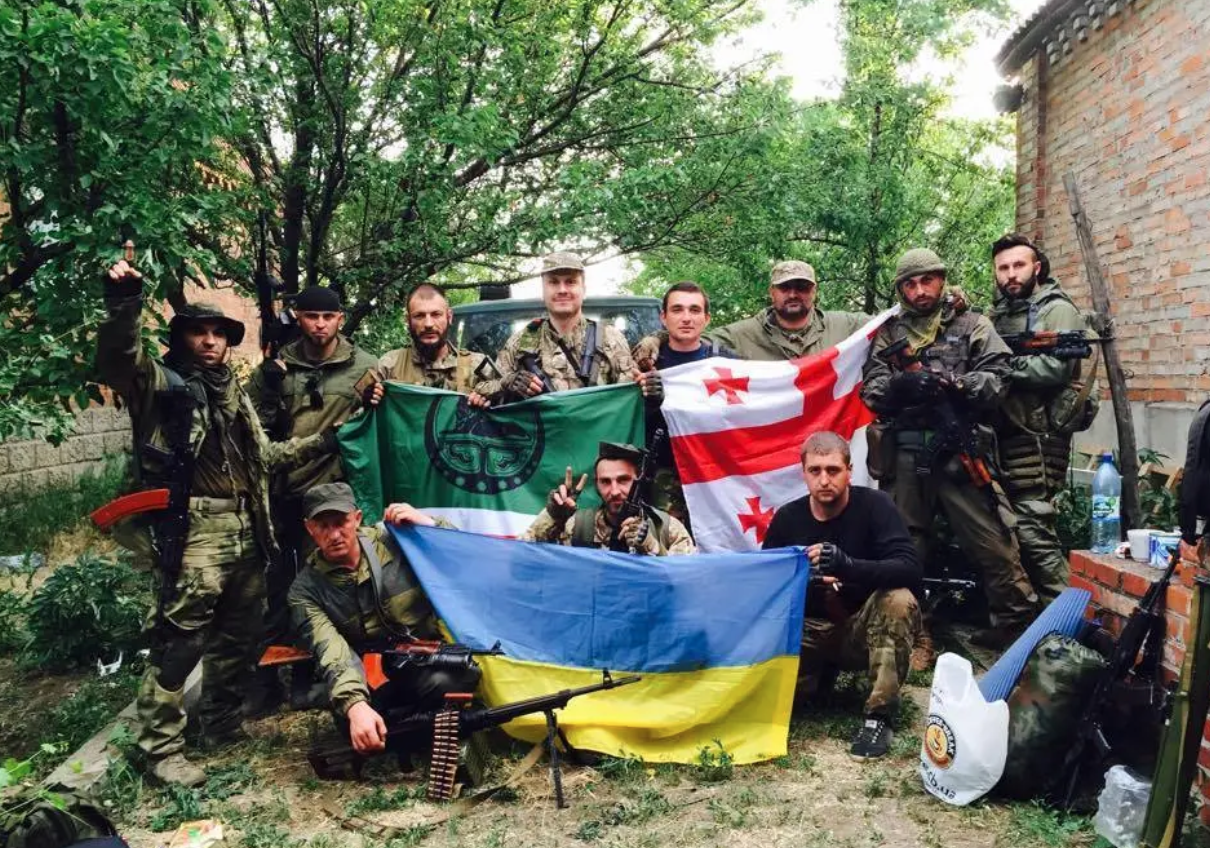
The North Caucasus has been through a lot: wars, deportations, protests. Although there has not been fighting on the ground related to the full-scale war in Ukraine, as there has been in other regions of Russia, the war has still immensely impacted families, bodies, and minds. It has a split society, exacerbated poverty, and increased fear, and dependence on the centre.
Everyone who spoke to OC Media repeats the same phrase about the war in one way or another:
‘Let it just end. We don’t ask how and when. Only if it would just end’.


